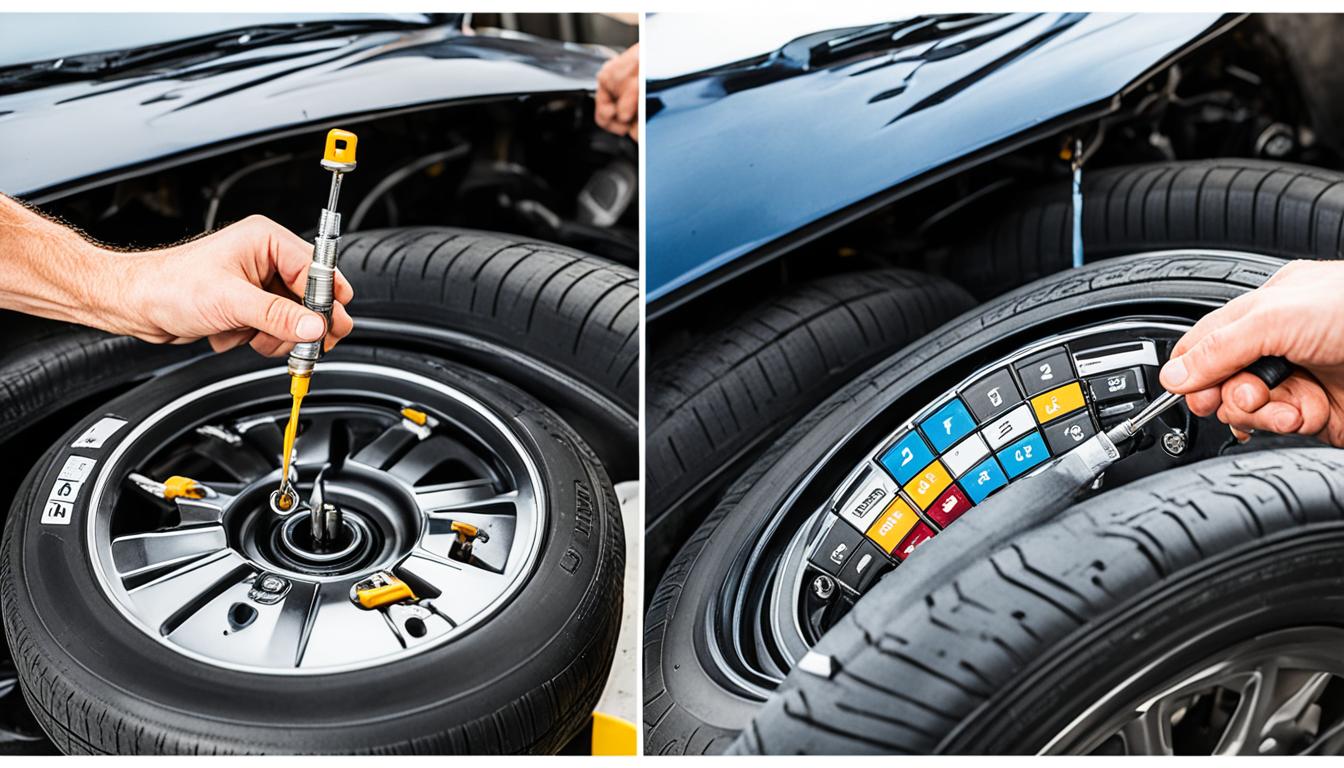All Categories
Featured

The check engine light (CEL) is one of the most vital warning systems in your automobile, yet it often triggers complication or fret for several chauffeurs. Understanding what this light stands for and how to handle it can conserve you time, cash, and unneeded tension. This overview provides an introduction of what sets off the CEL, its prospective ramifications, and the steps you should take when it brighten.
What Does the Examine Engine Light Indicate? The CEL is component of your vehicle's onboard diagnostics system (OBD), which monitors engine performance and exhausts. When the system finds a problem that requires your focus., it illuminates.
Solid Light: Signals a non-urgent issue however one that should be resolved quickly, such as a sensing unit malfunction or emissions-related issue. Blinking Light: Shows an essential problem like an engine misfire. Driving in this problem can create severe damage, so immediate activity is necessary. Usual Root Causes Of the Examine Engine Light. The CEL can brighten for a vast array of reasons, some minor and others a lot more severe. Here are a few of the most constant causes:

Loose or Damaged Gas Cap:
A loosened gas cap can compromise the fuel system, activating the CEL. When the light comes on, checking and tightening up the cap is a very easy first action. Faulty Oxygen Sensing Unit:
This sensing unit monitors the air-to-fuel ratio in your engine. A malfunction can reduce fuel effectiveness and rise discharges. Malfunctioning Catalytic Converter:
The catalytic converter helps in reducing harmful exhaust discharges. Overlooking other engine issues, like misfires, can bring about catalytic converter damages. Ignition System or Ignition Coil Concerns:
These elements are essential for starting and running your engine smoothly. Regular maintenance can stop wear and failing. Mass Air Flow Sensing Unit Issues:
This sensor determines the amount of air entering the engine to make certain optimal efficiency. A defective or dirty sensor can decrease performance and power. Actions to Take When the Check Engine Light Comes On. Inspect the Gas Cap:
See and tighten the cap if the light shuts off after driving a couple of miles. Observe the Vehicle's Behavior:
Note any kind of unusual signs and symptoms like rough idling, minimized power, or unusual noises. Check the Codes:
Use an OBD-II scanner to obtain problem codes kept in your auto's computer. Several automobile parts stores provide this service totally free. See a Technician:

If the light stays on or is flashing, take your car to a specialist for a detailed diagnosis. Preventing Examine Engine Light Issues. Aggressive maintenance is the very best method to avoid CEL issues. Adhere to these tips:
Adhere To a Normal Upkeep Schedule: Change your oil, replace filters, and check trigger plugs on time. Examine the Gas Cap: Replace harmed caps to avoid leakages in the gas system. Use Quality Fuel: Poor-quality fuel can contribute to sensor and discharges problems. Why Prompt Action Issues. Overlooking the CEL can lead to more serious problems, such as engine damage or expensive repair work. If ignored., a little concern like a loose gas cap can grow out of control right into a significant cost.
Final thought. The check engine light is an essential tool for keeping your car's health and wellness. By recognizing its purpose and reacting immediately, you can avoid unnecessary repair work and keep your car running smoothly. The following time the CEL begins, keep in mind to remain calm, inspect the fundamentals, and seek advice from an expert if required.
Latest Posts
Find the Top Auto Repair Deals in Montclare, Chicago
Published May 24, 25
1 min read
Trustworthy Overhead Door Solutions for Houses and Businesses
Published May 23, 25
1 min read
Improve Your Residential Property with Overhead Door Systems
Published May 22, 25
1 min read